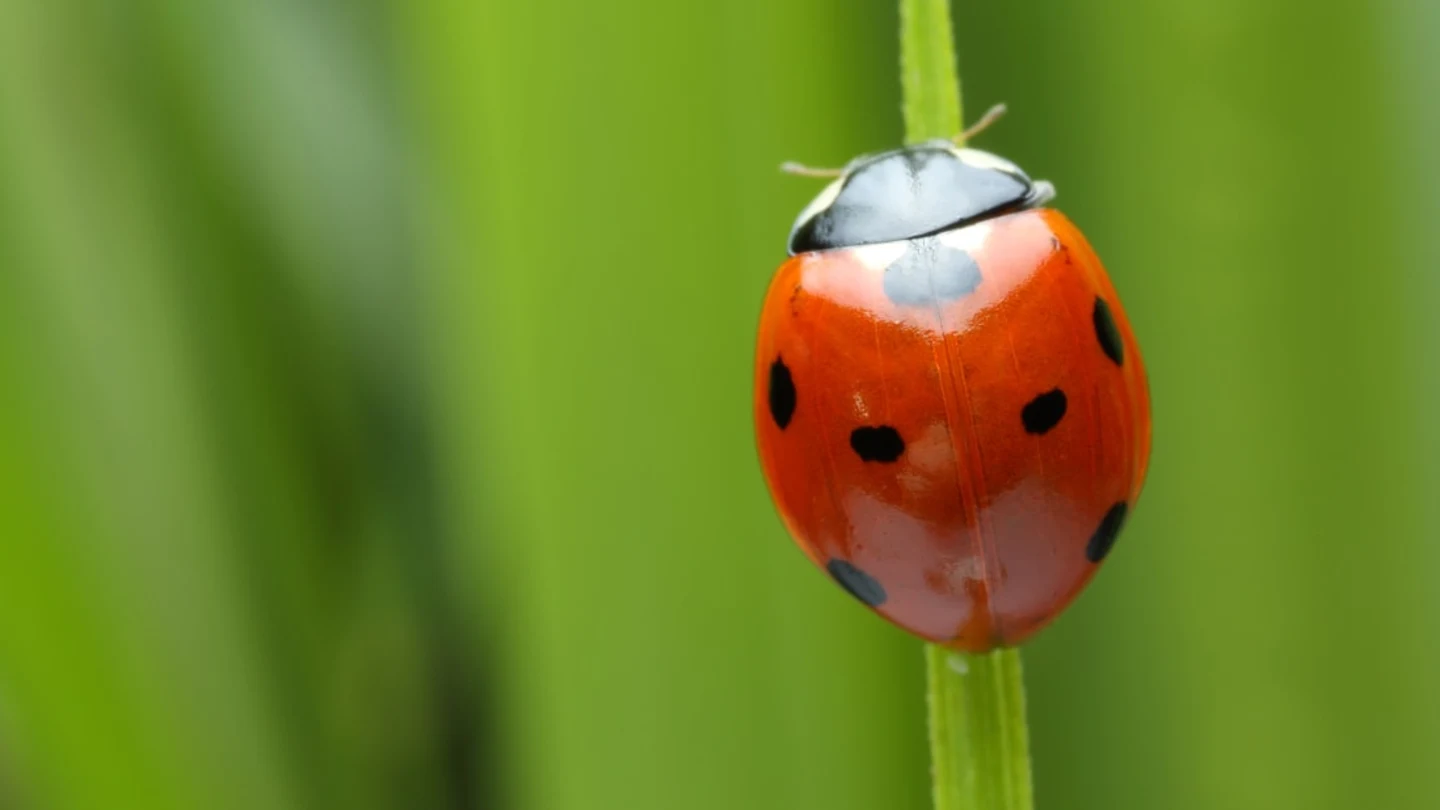
Bugs are fascinating creatures that inhabit nearly every corner of our planet. From tiny ants to beautiful butterflies, bugs come in a wide variety of shapes and sizes. While some people may have a negative perception of bugs, they actually play a vital role in our ecosystems. In fact, bugs are essential for pollination, decomposition, and even as a food source for other animals.
In this article, we will delve into the fascinating world of bugs and uncover 20 interesting facts about them. Whether you’ve always been curious about bugs or you simply want to expand your knowledge of the animal kingdom, this article will provide you with a comprehensive understanding of these incredible creatures.
Key Takeaways:
- Bugs are the largest and most diverse group of animals on Earth, with over a million known species, showcasing their incredible adaptability and survival strategies.
- Bugs play crucial roles in ecosystems, from pollination to decomposition, highlighting their essential contribution to maintaining the balance in nature.
Bugs are the largest group of animals on Earth.
With over a million known species, bugs make up the most diverse and abundant group of animals on the planet.
Bugs have been around for millions of years.
These fascinating creatures have been evolving and adapting to their environments for over 400 million years.
Beetles are the largest group of bugs.
Out of all the bugs in the world, beetles take the crown for being the largest and most diverse group, with over 400,000 known species.
Bugs come in various shapes and sizes.
From tiny ants to massive beetles, bugs display an incredible variety of shapes, sizes, and colors, showcasing their adaptability and survival strategies.
Bugs play crucial roles in ecosystems.
These small creatures are essential for pollination, decomposition, and maintaining the balance in various ecosystems. Without bugs, our world would be very different.
Bugs have superpowers.
Some bugs possess extraordinary abilities like camouflage, incredible strength, and the ability to produce light (bioluminescence).
The world’s heaviest bug is the Goliath beetle.
Weighing up to 3.5 ounces, the Goliath beetle holds the title for being the world’s heaviest bug.
Bugs can be found in almost every habitat on Earth.
From the depths of the ocean to the summits of mountains, bugs have adapted to thrive in nearly every corner of the planet.
Some bugs can live for a remarkably long time.
The lifespan of bugs varies greatly, but some species like the queen termite can live up to 50 years.
Bugs are an important food source for other animals.
Many birds, reptiles, and amphibians rely on bugs as a primary source of nutrition, highlighting their significance in the food chain.
Certain bugs have incredible hunting skills.
The praying mantis is known for its unique hunting technique and impressive agility when capturing prey.
Bugs communicate in various ways.
From pheromones to complex mating dances, bugs have evolved a range of communication methods to interact with their counterparts.
Some bugs are highly social.
Ants and bees are excellent examples of bugs that live in complex social colonies, where individuals work together for the benefit of the entire group.
Bugs undergo remarkable metamorphosis.
From the complete transformation of a caterpillar into a butterfly to the gradual molting of a cicada, the metamorphosis process of bugs is truly fascinating.
Bugs have been a source of inspiration for art and design.
The intricate patterns and vibrant colors of bugs have influenced artists and designers throughout history, inspiring beautiful creations.
Some bugs have developed unique defense mechanisms.
From the bright warning colors of poisonous bugs to the ability to mimic other species, bugs have developed remarkable ways to protect themselves.
Bugs can carry out important environmental services.
Certain bugs, like bees, are crucial for pollinating flowering plants, which helps in the production of fruits and seeds.
Bugs have an incredible reproductive capacity.
Some bugs, such as mosquitoes, have the ability to reproduce rapidly, leading to high populations in certain regions.
Bugs have made significant contributions to medical research.
Studies on bug venom, silk, and other unique properties have led to advancements in medicine and technology.
Bugs are an integral part of our natural world.
From the wonders of their behavior and intricate ecosystems they create, bugs are a constant reminder of the marvels of nature.
These 20 facts about bugs only scratch the surface of their captivating world. The incredible diversity, adaptations, and ecological significance of bugs make them an essential component of our planet’s ecosystem. From the smallest ants to the largest beetles, bugs continue to fascinate and amaze us with their remarkable abilities. So next time you come across a bug, take a moment to appreciate its unique characteristics and the vital role it plays in our natural world.
Conclusion
In conclusion, bugs are fascinating creatures that play important roles in our ecosystem. From their incredible diversity to their unique adaptations, bugs are truly remarkable. They come in a wide range of shapes, sizes, and colors, and can be found in almost every habitat on Earth. Despite their small size, bugs have a big impact on the planet, influencing everything from pollination and decomposition to providing a food source for other animals.
Learning more about bugs can help us appreciate the intricacies of nature and the interconnectedness of all living beings. By understanding their behaviors, habitats, and ecological significance, we can work towards preserving and protecting these important organisms. So next time you come across a bug, take a moment to observe and appreciate its beauty and complexity, and remember that even the smallest creatures can have a big impact.
FAQs
Q: How many different species of bugs are there?
A: There are currently over 1 million known species of bugs, and scientists believe that there are even more that have yet to be discovered.
Q: What is the lifespan of a typical bug?
A: The lifespan of a bug varies greatly depending on the species. Some bugs, like mayflies, only live for a few hours, while others, like queen ants, can live for several years.
Q: Are all bugs harmful to humans?
A: No, not all bugs are harmful to humans. While some bugs can be pests and cause damage to crops or transmit diseases, many bugs are beneficial, such as bees that pollinate plants or ladybugs that eat harmful pests.
Q: Can bugs communicate with each other?
A: Yes, bugs have various ways of communicating with each other, including through chemical signals, visual displays, and even vibrations. Some bugs can also produce sounds to attract mates or warn off predators.
Q: What is the largest bug in the world?
A: The largest bug in the world is the Goliath beetle, which can reach lengths of up to 4.5 inches and weigh over 3.5 ounces.
Was this page helpful?
Our commitment to delivering trustworthy and engaging content is at the heart of what we do. Each fact on our site is contributed by real users like you, bringing a wealth of diverse insights and information. To ensure the highest standards of accuracy and reliability, our dedicated editors meticulously review each submission. This process guarantees that the facts we share are not only fascinating but also credible. Trust in our commitment to quality and authenticity as you explore and learn with us.


